You might have wondered how the professional photographer delivers awesome quality photographs time and over again.
- Aurora HDR 2018 review Introduction. Macphun is a photography software developer based in California. A team of passionate photographers started the company back in 2008, exclusively making software like FX Photo Studio, Tonality, Intensify, Snapheal for Mac users.
- Aurora HDR 2018 is a solid performer, overall, and I don't usually like to lead with the negatives, but because I was also a user of Aurora HDR 2017 Pro, I zeroed right in on a few key areas. No photo editing software is perfect. The updates found in Aurora HDR 2018 are.
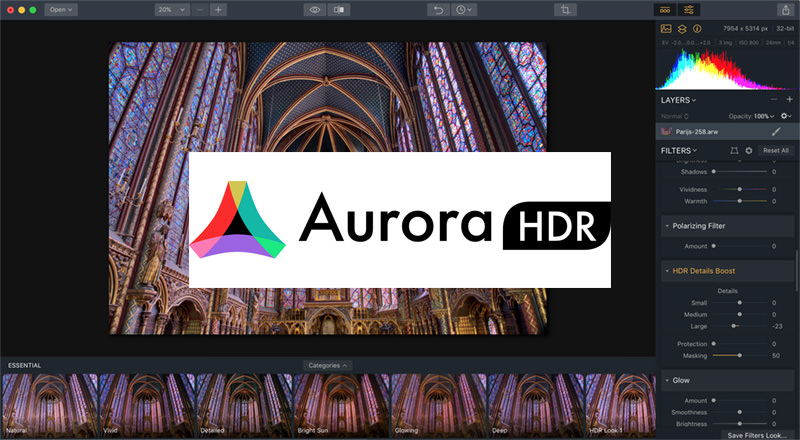
Oct 13, 2017 Edited in Aurora HDR 2018. 0% Photoshop used and 1% Lightroom used. Initially, when Aurora HDR came out two years ago I was very intrigued by the software. No doubt the makers of Aurora MacPhun have put themselves in a good position, by allying themselves with one of the HDR giants Trey Ratcliff. View Aurora HDR. Luminar 2021 vs Aurora HDR 2021 Comparison. This comparison explains why I prefer the latter and the differences between the Luminar and Aurora Bundle. I prefer to use photo editing software that gives me the desired results without having to go through a.
However, you may wonder why you often fail to churn out great pictures each time even though you have the latest single-lens reflex digital camera and use the best flashlight along with a bounce adapter with accessories like lenses (macro, zoom, telephoto, wide-angle), filters, and studio umbrellas.
Be prepared for a surprise when you visit the home of a photographer friend and find him seated beside his computer, retouching photographs he had taken the previous day.
You might not believe that most professionals have full knowledge of lighting and photo shooting angles, but most of them are rarely able to click stunning photographs at the first instance.
They use special software to edit the digital photographs to remove unnecessary background as well as make color correction with the help of color, hue, and saturation controls available in those programs.
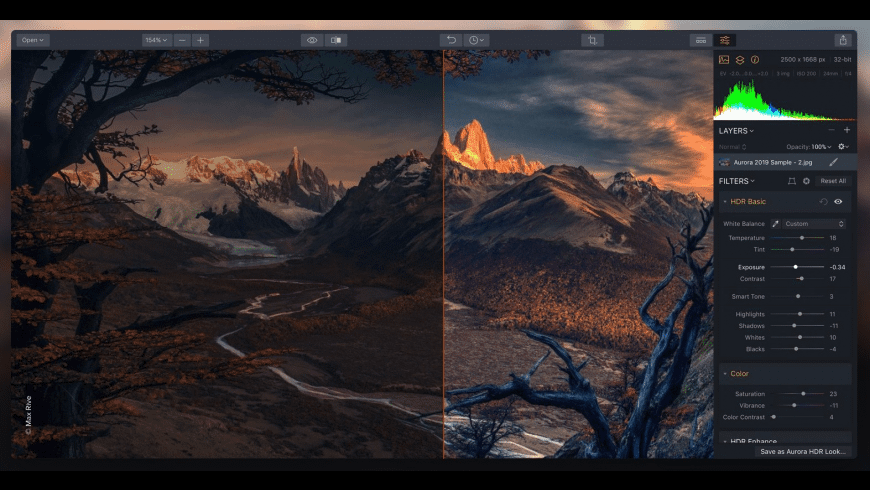
Once done, they save the RAW images in .jpeg format and send it to a processing studio to print the digital photographs on high quality glossy or matte paper.
Aurora Hdr 2018 Activation Key
You too can achieve the same quality photographs as those shot by professionals with the help of two of the leading photo editing programs, Luminar and Aurora.
Quickly Navigate to:
Is Luminar Better than Aurora?
Go through this Luminar versus Aurora comparison to find out which is best and if Luminar is better than Aurora or vice versa. I shall be reviewing both of them separately, and then highlight the differences between the two so that you can decide which one best suits your requirements. By the way, Skylum produces both these programs.
What is the Difference Between Luminar and Aurora?
The major difference between these two offerings from Skylum is that Aurora HDR is exceptional when merging multiple images and is designed for more enhanced details and toning whereas Luminar allows for starting editing and enhancements with single exposures and more stylistic editing. Both programs can be combined.
If you have bracketed photos to merge, Aurora HDR will still be useful to you when using the released Luminar AI.
Luminar 4
Luminar 4, being marketed as an alternative to Adobe's offering has caused a stir in the market. Thanks to the Adobe Lr-esque catalog of this program along with its powerful editing tools. It has been able to convert thousands of users of Adobe Lr to this more affordable program.
Unlike Adobe, Luminar 4 does not charge a yearly subscription, and this itself is a game-changer.
In this review, I shall check what the software is capable of and whether it can live up to its expectations. This is the latest version of the program. The vendor offers a free update to those who already own Luminar 2018.
Fast Processing Speed
The developers have burned the midnight oil to make this version a league ahead of its predecessor. Forget the slow editing speed of the previous version, as this version almost instantaneously applies changes to the photograph made by the slider. This is what I was looking for.
This software is a hybrid between Photoshop and Adobe Lr and permits you to apply layers on the photographs when you are editing them.
One important point: Make it a habit to switch layers before changing the workspace or you will lose the edits. The ideal method is to set up the workspace for a single layer, make the requisite edits, after which you can create a new layer.
Workspace Galore
The software offers you the choice to choose from many pre-determined workspaces. As different filters are used to make each workspace, you can easily do everything you desire and much more.
I loved this feature because it allowed me to design my personal workspace as well as get rid of filters I would never need.
I was also able to create a methodical process by creating workspaces for individual stages of my photo-editing workflow. In fact, I created a workspace that permitted me to make my primary color changes and RAW adjustments, before creating a new layer and switching over to a de-noising workspace. I could then shift to a different layer and workspace, dedicated to sharpening my file.
Easily Recover Edits
The “undo” feature of this software is a blessing in disguise as it allowed me to undo any changes I made, which also includes workspace switches. This implies that you can recover your edits if you swap over and lose them.
Flexible and Adjustable
The structure of Luminar 4 allows you to customize the program according to your personal preferences and for smooth editing process. You can also configure the software to ensure that it fits into your workflow, and eliminate anything unnecessary that gets in the way.
The fact that this program permits you to work in layers is beneficial as well. Unlike Adobe Lr that allows you to apply masks and a limited number of alterations to areas selected within the mask, Luminar 4 allows you to apply a mask to any layer or filter. This implies that you can make numerous adjustments to just a single area of the image.
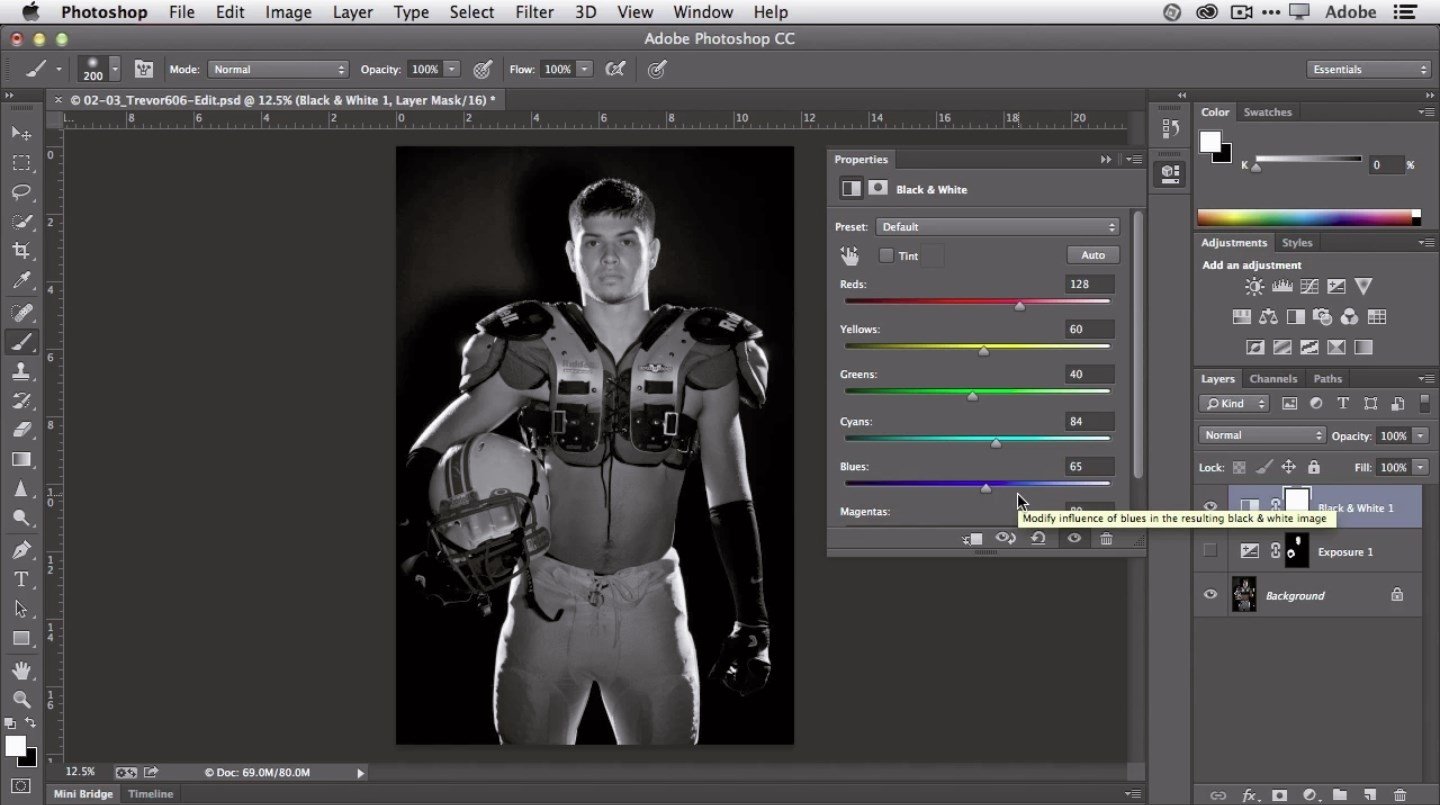
One in All
Unlike other programs, Luminar 4 consists of an entire editing bundle and allows you to do everything you require from within the program itself.
After you have completed the editing task, you have the choice of leaving the edits within the library or export them as a file for use with any other program. I was slightly disappointed with the size of the export window, but I am not complaining as I know this software only has the absolute necessities.
Good Price for Great Value
Do not crib as this program offers a standalone software at a pocket-friendly price. The latest version of the software also includes a digital asset manager, in the form of an image gallery, which allows users to organize photos in a better way than Adobe Lr.
Much More
The slider feature of Luminar 4 allows you to move a single slider to make slight changes to the picture or add multiple layers and masks, as well as experiment with third-party plugins.
Unique Filters
There are some filters which are unique to Luminar such as top and bottom lighting, sunrays and AI sky enhancer. All of them combined allow for endless opportunities for artistic and creative editing.
As mentioned above, the latest version of Luminar has a huge range of new and exciting updates such as:
• Organizing photos automatically with smart shortcuts
• A brand new Accent AI filter
• Folders that remain in synchronization with images on the hard disk drive
• Ability to synchronize adjustments between multiple photographs
• Multiple viewing options (filmstrip, gallery, and single image view), and
• A library for viewing, organizing, and editing multiple photographs
Luminar 4 has the ability to do everything that the offering from Adobe does and also has certain improvements over it.
I was surprised to note that the program's library scanned the hard disk drive of my computer and updated itself to match what my HDD looks like.
I was a bit dismayed by the slow import feature, but this should not be a constraint for first-time photo editing software, considering the low price of Luminar 4. The new version of Accent AI speeds up your workflow immensely.
Use of Artificial Intelligence
The single slider adjustment employs artificial intelligence to access an image and enhance it. This is a powerful feature if you want to develop your photographs quickly. This module handles everything from contrast, color, exposure, details, depth, and tone with remarkable accuracy.
The software is available both for the Windows and Mac operating systems.
Price
The manufacturer offers a free version. However, it lacks all functionalities. Therefore, you should purchase one of the following versions of Luminar 4:
• The Inspiration version costs $89
• The Plus Edition costs $99 and includes “Inspiration Looks” and “California Sunsets” (you save $64)
• Max Edition costs $169. It includes “Inspiration Looks” plus “Aurora HDR” (you save $93).
By the way, the company is offering a special discount on their home page.
Aurora HDR
This is, without any doubt, one of the easiest photo editing programs I have come across as you will find out in this Luminar vs Aurora 2021 review.
Luminar 2021 vs Aurora HDR 2021 Comparison
This comparison explains why I prefer the latter and the differences between the Luminar and Aurora Bundle.
Easy to Use
I prefer to use photo editing software that gives me the desired results without having to go through a steep learning curve.
Despite being sophisticated, Aurora is user-friendly and easy to use. The 2021 version of this photo editing tool creates a finalized tone-mapped file in a couple of steps, pushing it one step ahead of its competitors.
The 2021 version boasts of a Quantum HDR Engine that has an updated tone mapping algorithm over its predecessor.
I was pleasantly surprised by the immediate and natural improvement in the dynamic range of the bracketed shots I opened in this program without making any adjustments. This means that I can have a quality base image to use as a reference point for advanced tone control.
Following this basic tone improvement, the software provided me with a wide range of editing possibilities, with the help of the intuitive slider-based interface of the program.
Aurora Hdr Pro Download Free
HDR Panel that is Easy to Understand
Those who have used Adobe Lr will feel at home with the HDR Basic Panel, as this tool employs a very similar control layout. The friendly control layout also makes the learning process simple for beginners.
Easily Edit Photographs Even At Night
This is the tip of the iceberg as Aurora HDR also has an impressive range of style customization tools, which provides precise control over both detail and color.
Those who like editing photographs at night will love the “dark color scheme” of the software that makes slider and menu nomenclature easy to read and also helps in accurate assessment of brightness and color.
This puts Aurora HDR ahead in this Luminar 4 vs Aurora HDR 2021 review and will help first-time purchasers decide whether they should opt for Luminar or Aurora.
Features that Help You Compare Luminar and Aurora
The vendor has added a number of useful updates in the 2021 version despite the fact that the overall functionality of both are the same.
Aurora Hdr 2018 Download
Be prepared to be surprised by the HDR Enhance Panel that offers a quick way of adding enhancements to micro contrast and structure. You can easily extract fine image details without introducing over-processed and unnatural effects with minor tweaks to the positions of the slider in this section.
This area too takes advantage of the new Quantum Engine. This updated algorithm permits you to push sliders further for attaining stronger effects without image degradation artifacts like edge halos from creating an impact on the integrity of an image.
This version also includes an inbuilt noise reduction capability, allowing you to address luminance or color patterning without the need to import the image to different software.
I am sure that by now, you have understood more about Luminar compared to Aurora, and the power of the latter.
The “denoise” function of Aurora is a useful feature that makes this software a one-stop HDR option, even though this function is not as effective or powerful as a dedicated noise reduction plugin. This feature permits you to minimize noise real-time while you change the tone mapping.
Easily Go Back to Any Point of the Editing Process
I loved the history function that keeps a track of all of the changes I make to an image. This allows me to revert to any point during the editing process. Thanks to this, I hardly wasted any time revisiting any image stage without interrupting the creative process.
Luminar and Aurora HDR Further Compared
Aurora HDR allowed me to keep colors within natural limits following tone mapping without having to undertake extensive editing in Adobe.
Another advantage of Aurora is its capability to apply alterations to Adjustment Layers from within the software itself. I was amazed by the degree of details I could extract from just one RAW file.
I could get images that effectively duplicate the human vision's dynamic range through orthodox tone mapping of bracketed exposures. The new version boasts of a “color lookup table,” which, in combination with the amazing gradient tool and tone curve, provides dynamic color control, which was, in the past, only possible with dedicated RAW editors.
Price
This advanced photo editor costs only $99 and works on both Mac and Windows operating systems. You can purchase both Aurora HDR 2021 and Luminar 4 for a discounted price of $169.
Hopefully, this review of Luminar vs Aurora HDR 2021 will allow you to decide on which to go for between Skylum Luminar and Aurora and purchase the software that is suitable for your needs. Or better still, getting both as a bundle.
| Developer(s) | Macphun LLC |
|---|---|
| Stable release | |
| Operating system | |
| Type | Photo Post-Production |
| License | Proprietary |
| Website | Aurora HDR |
Aurora HDR is photographicsoftware developed by Macphun Software for Mac OS X and Windows. MacPhun changed its name to Skylum in early 2018.
Aurora HDR is a High Dynamic Range (HDR) editing and processing tool released in November, 2015. It was made through a collaboration between software developer Macphun and HDR photographer Trey Ratcliff.[1] HDR image editing techniques are designed to overcome difficult lighting situations where highlights and shadows are prevalent in the same image, but have also been used to create highly processed, fanciful images as well.
By automatically aligning and merging multiple exposures of photos, Aurora HDR can create a single tone-mapped image. A collection of powerful editing and processing tools also allow for layered compositions and targeted areas of photo and graphic processing.
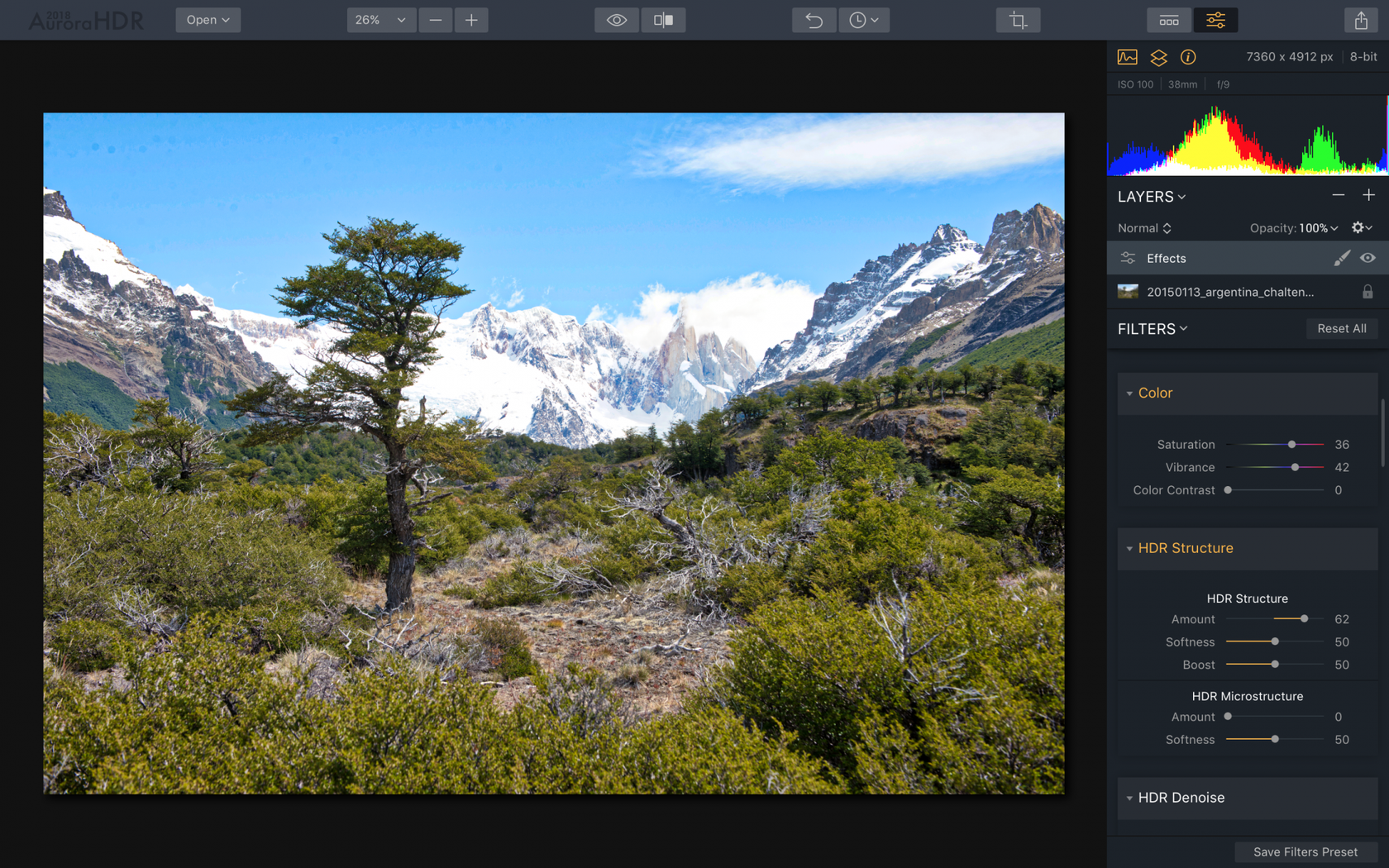
Versions and plug-ins[edit]
Aurora HDR comes in five different versions for two different operating systems. Versions, previous and current, include: Aurora HDR (optionally sold on the Mac App Store); Aurora HDR Pro; Aurora HDR Pro + training, Aurora 2017; and Aurora 2018. The software runs as a standalone or as a plug-in to host applications like Adobe Photoshop, Adobe Photoshop Lightroom, Adobe Photoshop Elements, and Apple Aperture. In early 2016, Aurora HDR was updated with support to run as an editing extension for Apple Photos for Mac.[2] In 2016 Macphun released the next version of Aurora HDR - Aurora HDR 2017 along with a Windows version. In 2018 Skylum released Aurora 2018 for Mac and Windows operating systems. [3]
Key Aurora HDR functionality[edit]
Initial merging[edit]
Aurora HDR works on single images or multiple exposures, and initial merging options change depending on the number of images loaded. If a single image is provided to the software, only the 'Chromatic Aberration Reduction' option is available. If multiple exposures are selected, 'Alignment' and 'Ghost Reduction' options are revealed. Alignment should be checked if the multiple images were recorded while holding the camera by hand vs. a tripod. Ghost Reduction relates to minimizing the effects of moving objects in a multi-exposure merging process.[4] If you have moving objects, choose this function.
Interface[edit]
The user interface of Aurora HDR consists of the following:
- Large preview window
- Open & Export/Share
- Zoom & navigation controls
- Comparison controls
- Undo/Redo
- Cropping tool
- Move (hand) tool
- Brush
- Layers
- Histogram
- Presets
- Advanced tools
Presets[edit]
Presets are pre-installed one-click controls that apply a specific 'style' to the tone-mapped image. This style is created entirely by the use and modification of the Advance tools containing in the software. The Preset panel in Aurora HDR Pro contains 7 separate categories applicable to all types of photos: Trey Ratcliff's Signature presets, Basic, Realistic HDR, Dramatic, Landscape, Indoor, Architecture, each of which contain thumbnail graphics representing several or dozens of styles. In addition, users may designate a preset as a 'favorite' or create their own.
Tools[edit]
Aurora HDR comes with an extensive list of tools and functionality designed to help photographers edit their images using HDR techniques. The tools range from those that can help reproduce a natural, realistic look to those that enhance images towards a more fantasy-like direction. Each tool listed below has a unique set of controls to modify its effects.[5]
- Tone Mapping
- Tone
- Structure
- HDR Denoise
- Image Radiance
- Color
- Details
- Glow
- Top & Bottom Lighting[6]
- Tone Curve
- Color Filter
- Color Toning
- Vignette
Layers, brushes and masking[edit]
Aurora HDR Pro features the ability to create up to 9 layers (4 in the Mac App Store version), and provides brushing and masking functionality common in many image-editing software programs. Layers can be automatically loaded with either (a) the previous layer, (b) a custom texture, (c) the original tone-mapped image, or (d) any one of the exposures in the bracketed set. Brushes and masking, including Gradient Masking are used to selectively apply or erase effects from the image. An advanced feature of the Pro version of Aurora HDR is to designate a layer as one that contains 'Luminosity Masking.'
Opening, file formats and exporting[edit]
Aurora HDR opens a variety of popular image file formats, including RAW camera files that are the native to specific camera manufacturers (e.g. Nikon's NEF and Canon CR2). It saves in a native file format (.mpau) which allows for the resumption of editing after saving and closing the file. The software exports in the following file formats: JPG, PNG, GIF, JPG-2000, TIFF, Photoshop, and PDF, and can also transfer images directly into Macphun's Creative Suite for further editing.
Sharing[edit]
The software permits sharing to image galleries like 500px, Smugmug and Flickr, plus social networks like Facebook and Twitter. Additionally Aurora HDR can send images via email or Apple Messages.
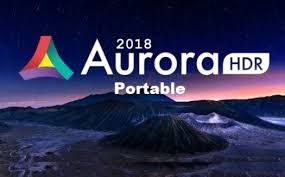
References[edit]
- ^http://www.stuckincustoms.com/trey-ratcliff/
- ^'Archived copy'. Archived from the original on 2016-01-22. Retrieved 2016-01-27.CS1 maint: discouraged parameter (link) CS1 maint: archived copy as title (link)
- ^http://www.techradar.com/reviews/pc-mac/software/graphics-and-media-software/image-editing-software/macphun-aurora-hdr-2017-1329760/review
- ^https://www.slrlounge.com/school/motion-blur-vs-ghosting-the-difference-between-these-2-artifacts/
- ^http://www.photographyblog.com/reviews/aurora_hdr_2017_review/
- ^http://www.nikonusa.com/en/learn-and-explore/article/gjcxf6bn/when-to-use-graduated-neutral-density-filters.html
External links[edit]
